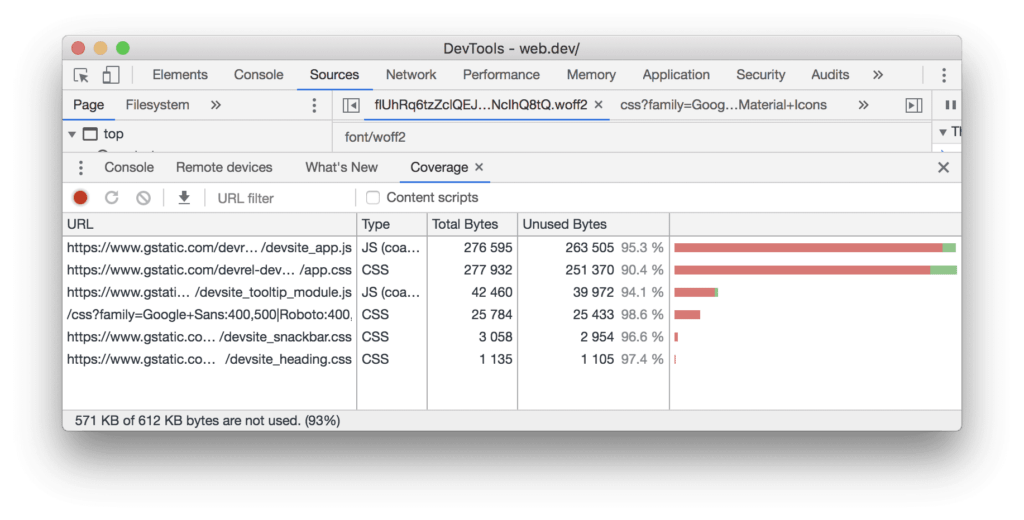Get Free Quote, WhatsApp Now: +91 96375 03315
Five Eco-Friendly Web Design Techniques
The environmental effects of the internet are a growing worry in a time when digital encounters rule our everyday lives. The web has a large carbon footprint since user devices, networks, and data centers all contribute to greenhouse gas emissions worldwide.
The goal of sustainable web design is to lessen these effects by increasing the energy and environmental friendliness of websites. These are the top five techniques for designing websites that are sustainable.
Table of Contents
1. Optimizing Media and Images
The majority of a webpage’s content is frequently composed of media files and images. A website’s carbon footprint increases when it comes to large, unoptimized files because they use more energy to transfer and store.
We can drastically cut down on the quantity of data that needs to be sent over the internet by optimizing these resources.
WebRizze
Top Techniques:
- Compression: To lower file sizes without sacrificing quality, use picture compression software. Higher compression rates can be found in WebP format than in conventional JPEG or PNG files.
- Responsive Images: Images that are responsive adjust their size to fit the screen of the user. By doing this, huge desktop photos are not sent to mobile users.
- Lazy Loading: Use lazy loading to make sure that movies and graphics only load when they reach the viewport. This lowers data use and initial load times.
- Vector Graphics: For logos and icons, use scalable vector graphics (SVGs). SVGs may scale without sacrificing quality because they are usually lower in size.
2. Reducing the Significance of JavaScript and CSS
Overuse of CSS and JavaScript can cause a website to load more slowly and use more energy. Reducing these files helps the web become greener while also improving performance.

Top Techniques:
- Minification: To make JavaScript and CSS files smaller, eliminate extraneous characters like whitespace and comments.
- Code Splitting: Divide big JavaScript files into more manageable, smaller pieces that may be loaded as needed.
- Effective Libraries: Make use of lightweight JavaScript frameworks and libraries. Steer clear of libraries that are very large and packed with functionality.
- Inline Critical CSS: Use inline essential CSS in your HTML to expedite the rendering of content that is displayed above the fold.
3. Putting Effective Hosting Solutions in Place
One important component of a website’s environmental impact is online hosting. The carbon footprint of maintaining a website can be significantly decreased by selecting a sustainable hosting company.
Top Techniques:
- Choose Green Hosting Companies: To lessen their environmental effect, look for companies that purchase carbon offsets or use renewable energy sources.
- Location of the Data Center: To minimize latency and energy usage for data transfer, pick data centers near your main user base.
- Scalable Infrastructure: Make use of cloud services that provide scalable infrastructure to make effective use of resources, only using them when necessary.
- CDNs (Content Delivery Networks): By using CDNs, you may distribute content worldwide while cutting down on data travel distance and increasing load times.
4. Improving Efficiency through User Experience (UX)
A well-thought-out user experience enhances a website’s usability and efficiency. Reduced needless interactions and simplified navigation allow users to complete activities more quickly, which uses less energy.
Top Techniques:
- Simplified Navigation: To assist users in finding information quickly, create simple, intuitive navigation structures.
- Minimize Redirects: Redirects can increase loading times and data transfer. Use them sparingly.
- Accessible Design: Web Content Accessibility Guidelines (WCAG) should be followed to ensure that your website is usable by all users, including those with disabilities. This is known as accessible design. All users gain from effective, accessible design, which can also enhance a website’s overall functionality.
- Quick Load Times: Optimize every part of the website to achieve quick load times. A fast website gives the customer a better experience while consuming less energy.
5. Viable Content Management
Keeping a website viable requires effective content management techniques. Your website stays low-impact and relevant with regular upgrades and effective content management.
Top Techniques:
- Conduct Regular Content Audits: To eliminate any out-of-date or superfluous information. As a result, less data is delivered and saved.
- Effective CMS: Make use of a content management system (CMS) with performance and security optimizations. Speed can be increased and server load can be decreased with lightweight CMS choices.
- Optimize for Search Engines: Put SEO best practices into action to make sure people can easily find your content. Reduced energy consumption and faster user interactions are two benefits of effective SEO.
- User-Generated Content: To boost engagement without requiring frequent content revisions, promote user-generated content like reviews and comments.
Conclusion
Sustainable site design is essential for minimizing the environmental impact of our digital activities, not merely a fad.
We can make websites that are not only user-friendly and performant, but also environmentally friendly by optimizing images and media, decreasing JavaScript and CSS, applying effective hosting options, improving user experience, and upholding sustainable content management practices.
It is our duty as developers and designers to implement these strategies and help create a more sustainable and environmentally friendly online environment.




